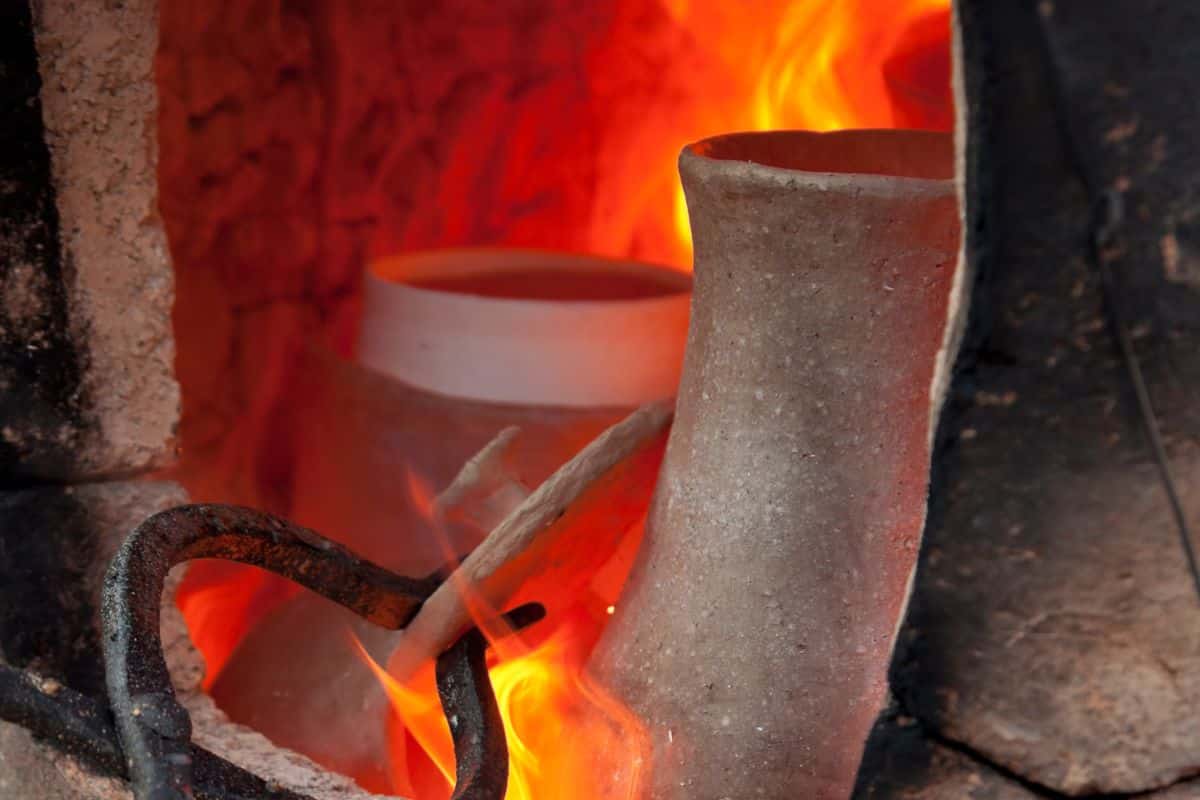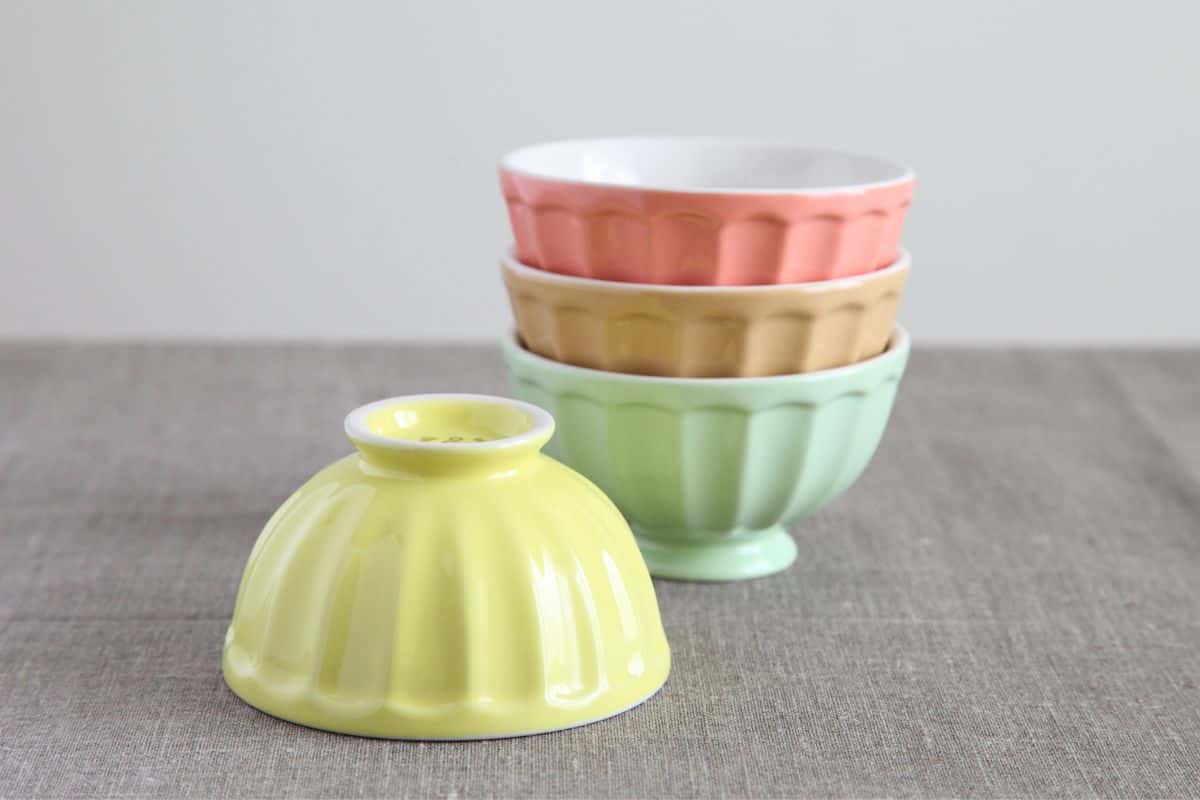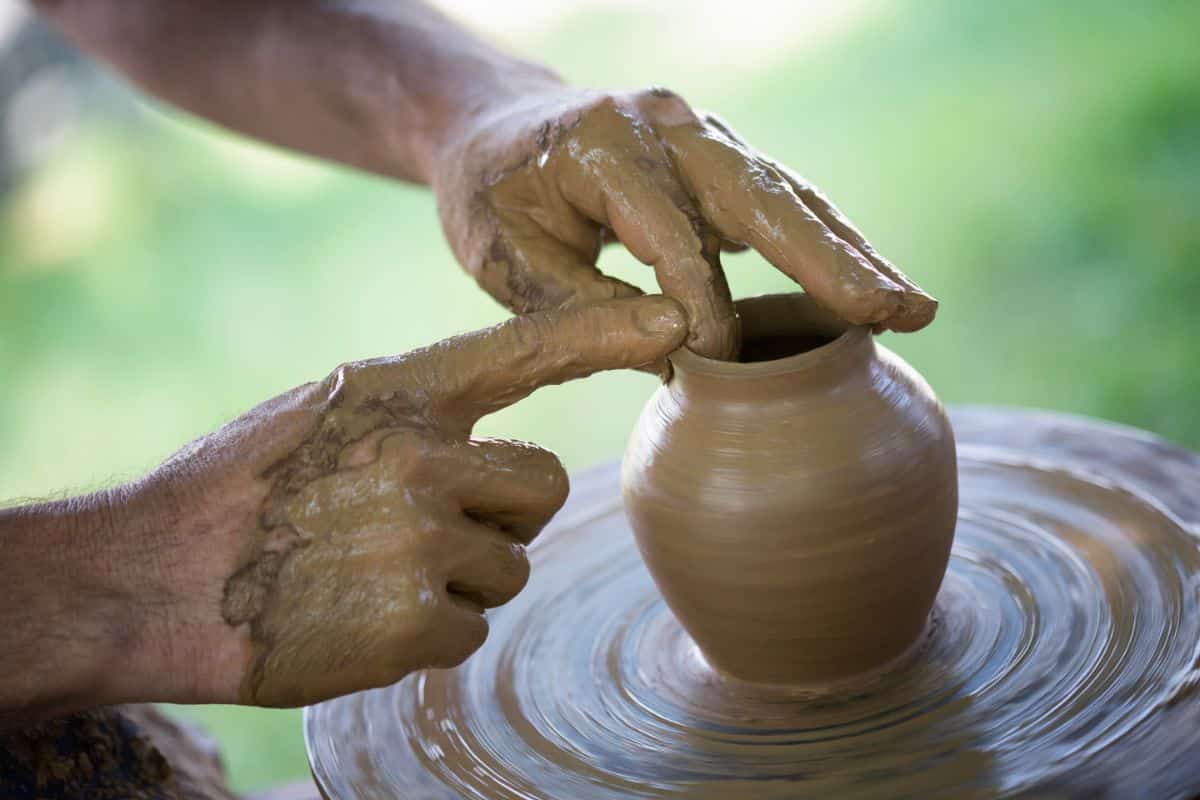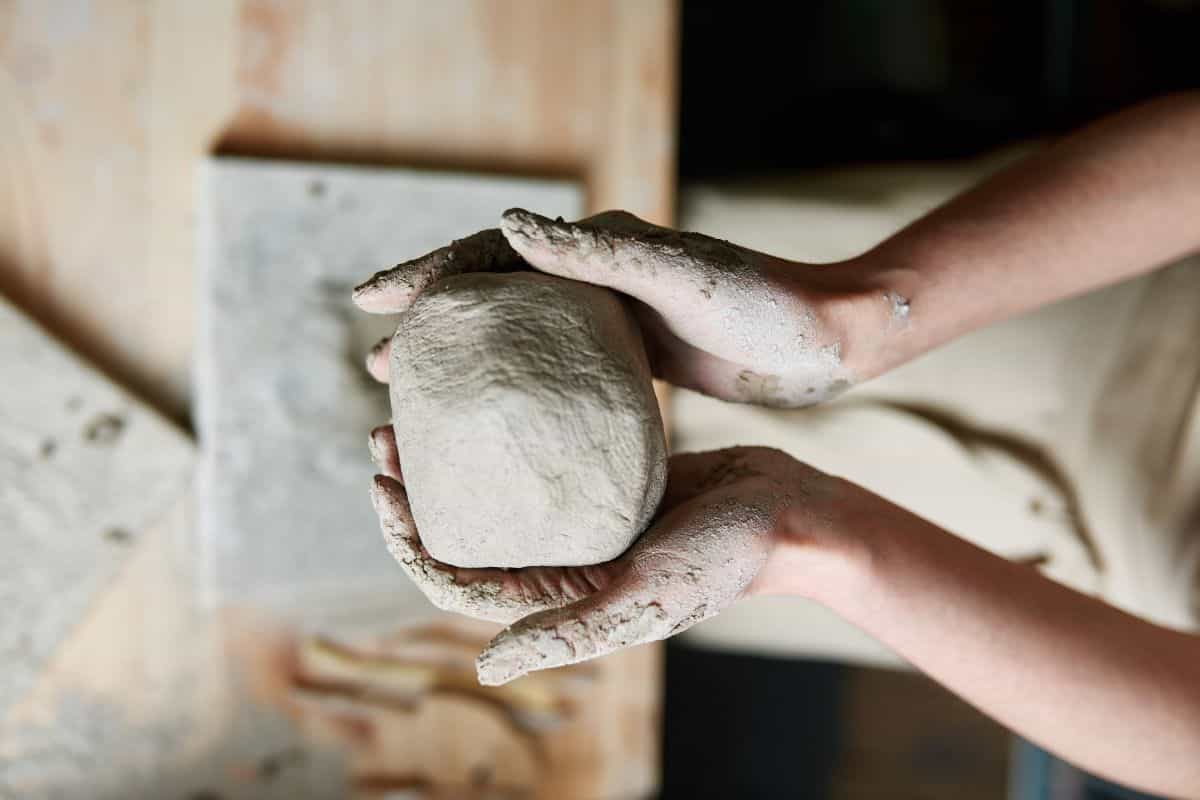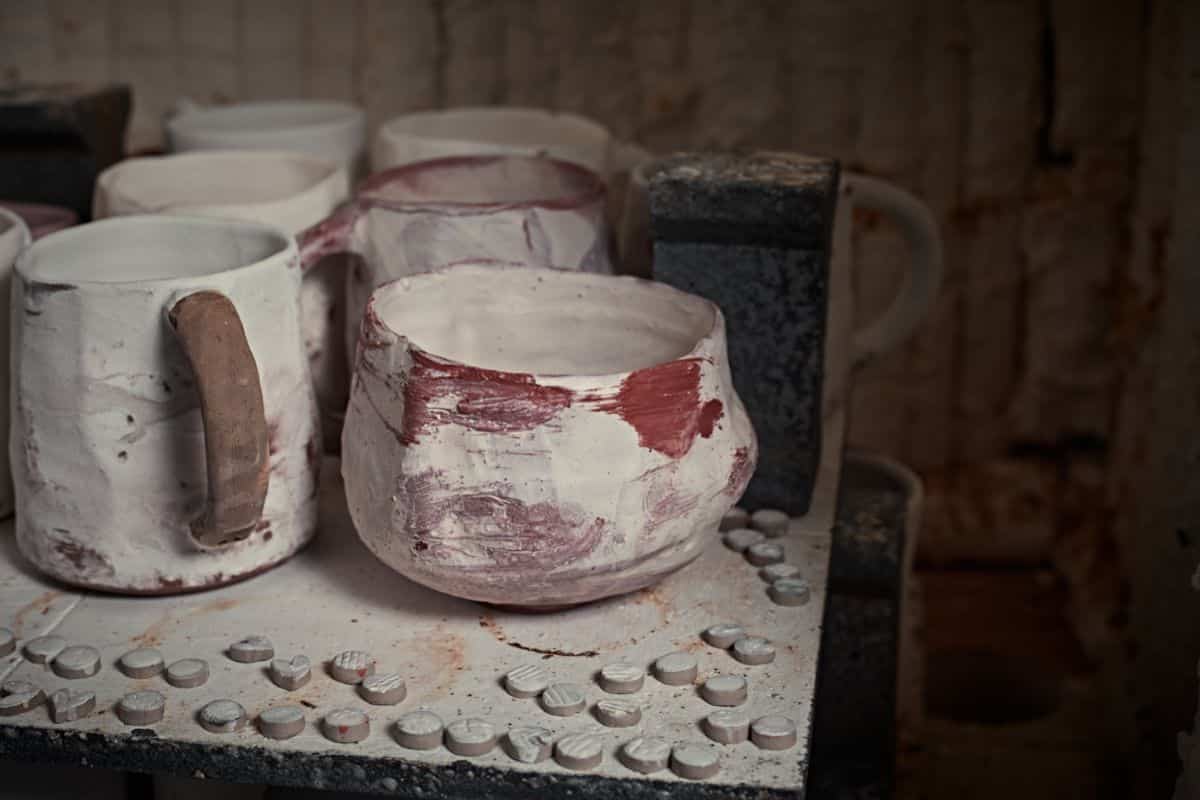When you begin making ceramics, knowing about the whole process is important for making high-quality products.
If you miss out on crucial steps, you will not make good quality ceramics, which can affect how long they last and how they look.
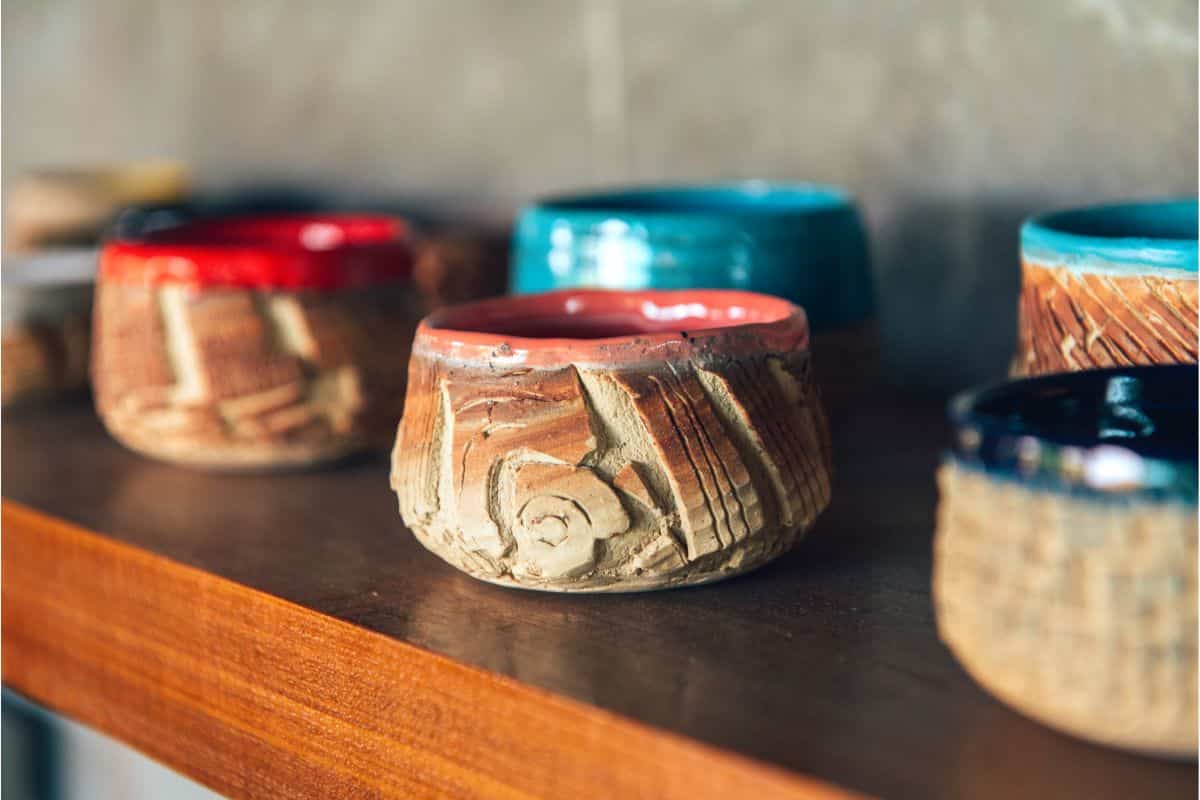
The glaze is a very important part of pottery, but lots of people are unsure what it is and how it works. If you do not glaze your ceramics, it can be very unhygienic and can affect the structure.
Using glaze is important, but it is even more important to use it correctly at the right temperature.
This article will explain more about what glaze is in ceramics so that you can create good-quality pieces that are up to a professional standard. Find out more about glaze below to see the benefits of using it and how to use it properly!
What Is Glaze?
The glaze is made up of ground minerals that can be applied to ceramics that melt on the surface during firing. They leave behind and glossy surface that provides shine to ceramic pieces to make them look more professional and attractive.
When you are firing the ceramics with the glaze, you need to make sure that it is at the right temperature. Without the right temperature, the glaze will not melt properly.
Temperatures that are too low will not melt the glaze over the surface, but temperatures that are too high will cause the glaze to melt off.
What Is Glaze Made From?
The glaze is made from components such as alumina, colorants, silica, modifiers, and flux.
Most glazes contain these components, but there are lots of glazes that need to be fired at different temperatures, so you can choose the glaze that is best suited to you to see what you feel most comfortable with.
Silica is the main ingredient of the glaze as it is the component that produces shiny surfaces. Iron oxide, cobalt oxide, and copper oxide can be added to change the colors, so you can choose the color that you like the most.
Why Should You Glaze Ceramics?
As well as providing ceramics with shine, the glazing process protects the ceramics. It is waterproof, so it protects the clay when it is exposed to liquid.
If you are using ceramic mugs or bowls, glazing the items makes them safe to use and prevents the clay from becoming unstable after they have been used.
Some clays leak after they have been fired as they are porous, so they are not safe to use for drinking unless they have been glazed. Without the glaze, bacteria can grow in the walls of the item, which makes it very unhygienic and impractical.
The glazing process seals the pores and prevents bacteria from growing.
Do All Ceramics Need To Be Glazed?
Despite glaze protecting ceramics, not all clays need to be glazed. Porcelain clays and high-fire stoneware become shiny and glass-like after firing, so they do not need to be glazed like other types of clay.
Low-fire clays need to be glazed for hygienic reasons, but decorative clay doesn’t necessarily need glazing.
If you have ceramic ornaments like vases, they need to be glazed depending on what they will be holding. If the vase will be holding dry flowers, it will not need to be glazed as there will not be any water inside.
However, if the vase will be holding real flowers, it will need to be glazed as it will be exposed to water.
You might still want to glaze pieces that will not be exposed to water as they provide and high-shine finish that is very appealing and professional. Although it will not be necessary, some people prefer the overall look.
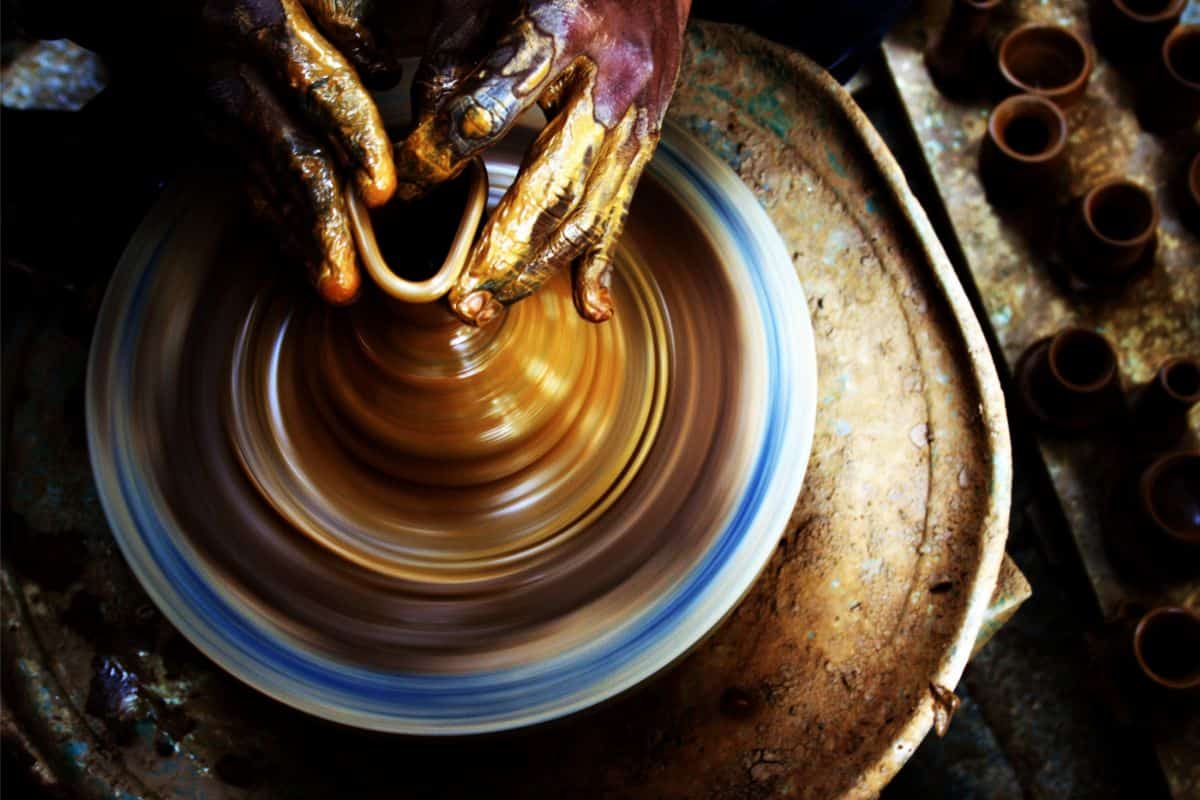
How To Glaze Ceramics
There are simple steps that you can take to glaze your ceramic pieces. Firstly, you will need to mix all of the ingredients for the glaze and apply it to bisque-fired clay pieces.
After it has been applied, you will need to let the glaze dry before it is fired in a kiln at the right temperature.
You can only glaze bisque-fired pieces, so you should only bisque-fire porcelain or stoneware before glazing, not to complete maturation.
The reason you should not do this is that the porcelain is already shiny, so the glaze will fall off the surface of the ceramic.
Can Ceramics Be Glazed Without A Kiln?
To properly glaze ceramics to a high standard, you will need a kiln.
The glazing process requires a minimum temperature of 1,800 degrees Fahrenheit, so it is important to make sure that you have a kiln to carry out the procedure. If you do not own a kiln, do not panic!
You can see if you can use a kiln at a local pottery workshop near you. Local pottery workshops often have kilns that are available for the community to use, so you will need to contact them to get more information.
What Techniques Are Used When Glazing Ceramics?
There are lots of different techniques that are used in the glazing process. Basic techniques include dipping, brushing, pouring, spraying, and dripping.
The most common technique for beginners to use is dipping, but you can use a combination of techniques if you want a more interesting finish on your ceramics.
Final Thoughts
To conclude, glaze in ceramics is important for protecting the objects that you have made. If you are using clay to make mugs, bowls, or plates, it is important to glaze them to make sure that it is hygienic.
The water will touch the clay and damage the structure, but bacteria will also manage to live inside the porous clay. Glazing keeps the bacteria away, making it safe.
You do not need to glaze all types of clay, as you do not need to glaze porcelain clay as it already has a glassy finish.
You do not need to glaze clay that is purely decorative and will not come into contact with water, but some people prefer it as it looks nicer.

